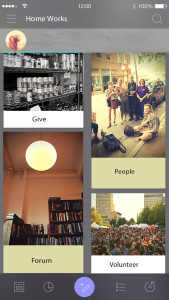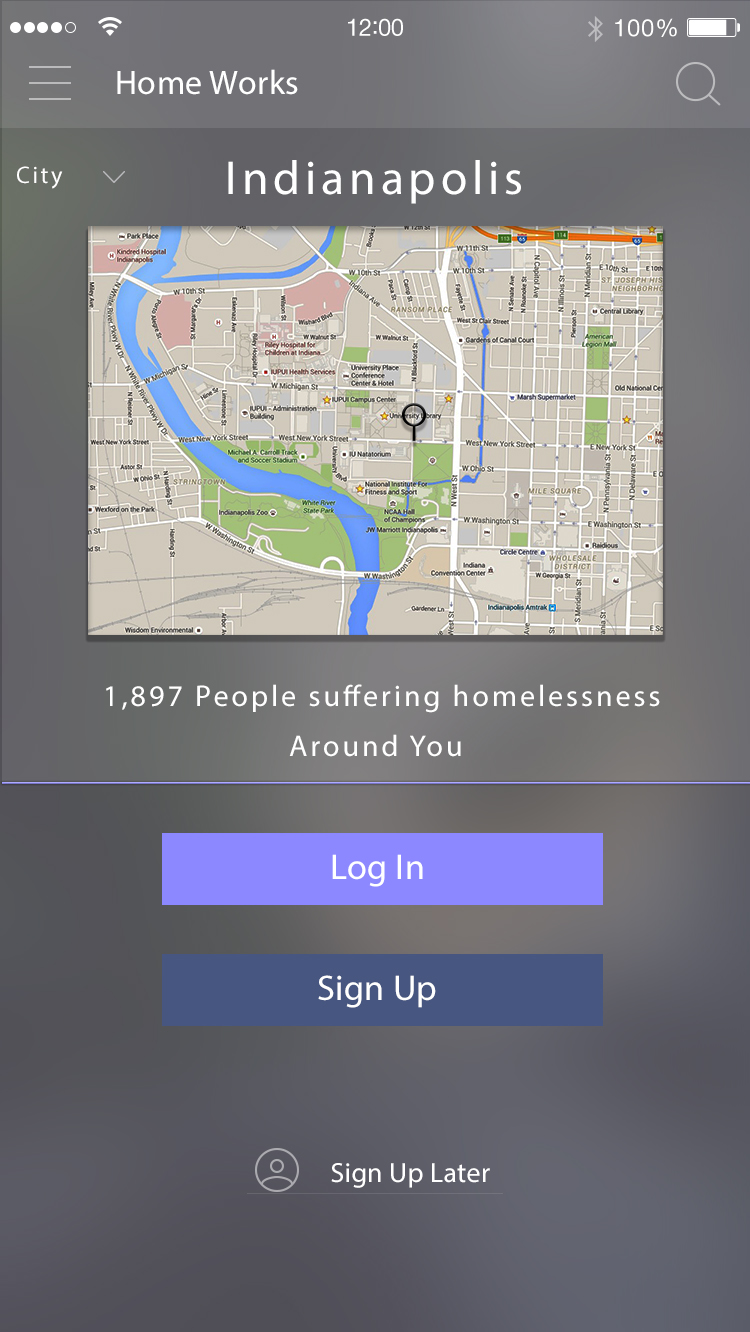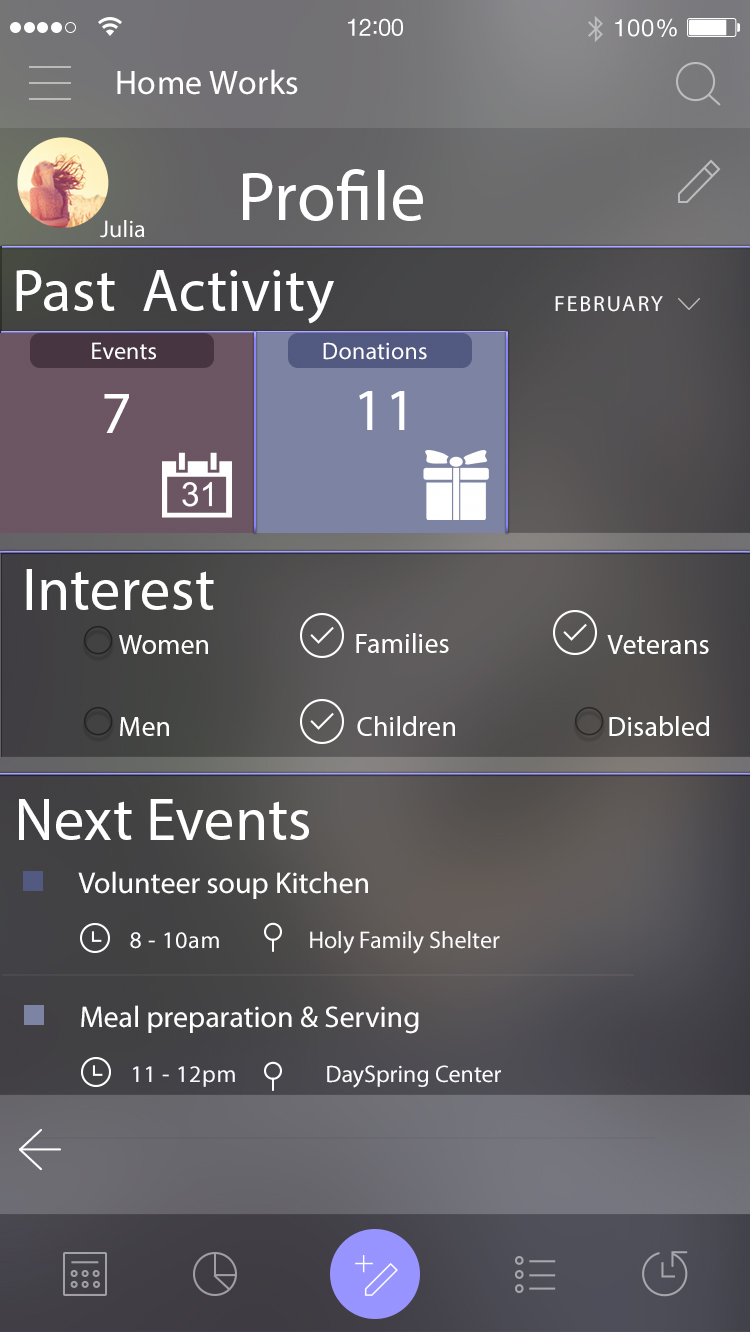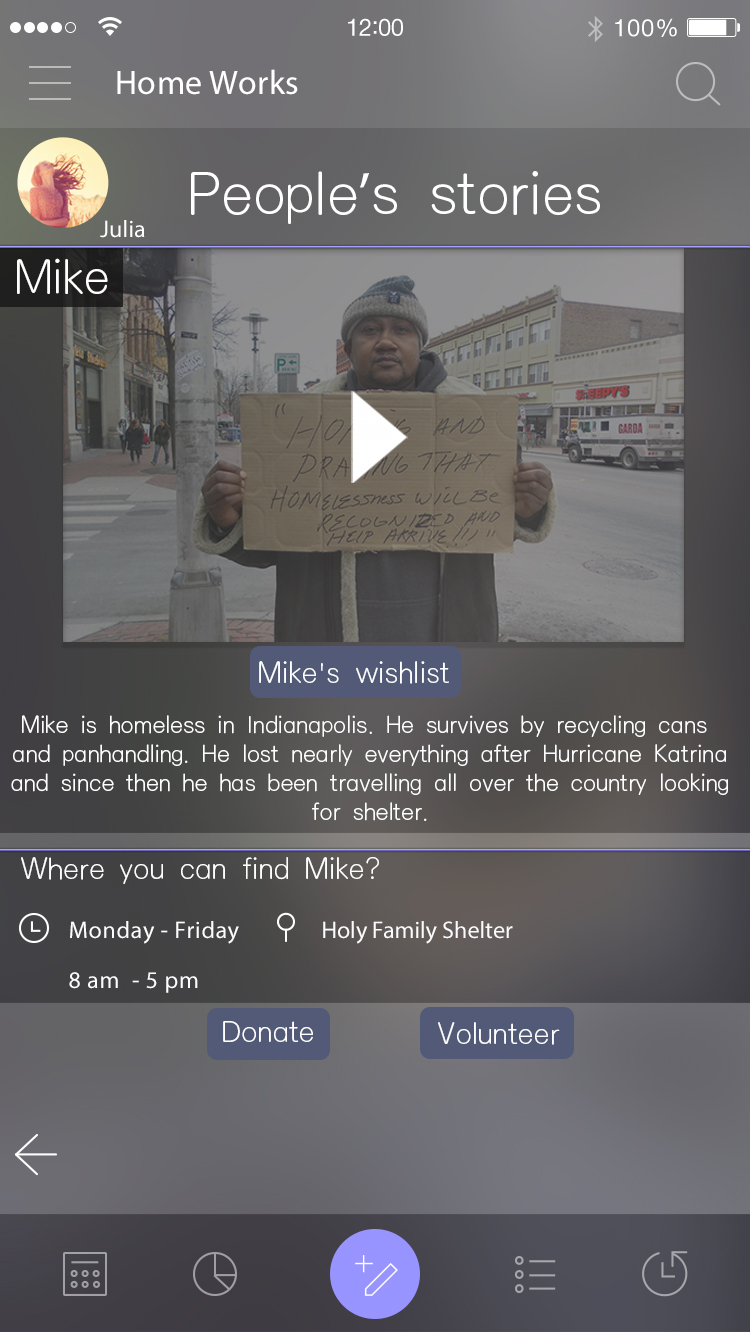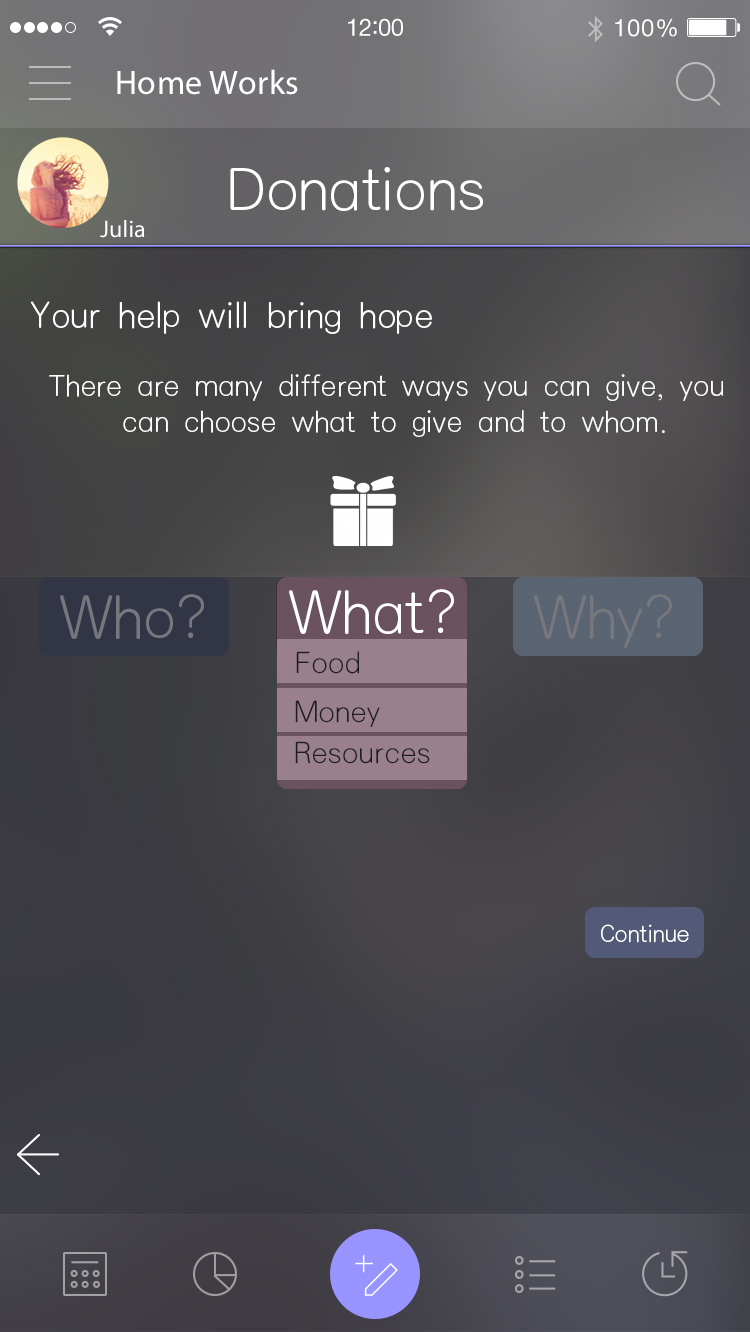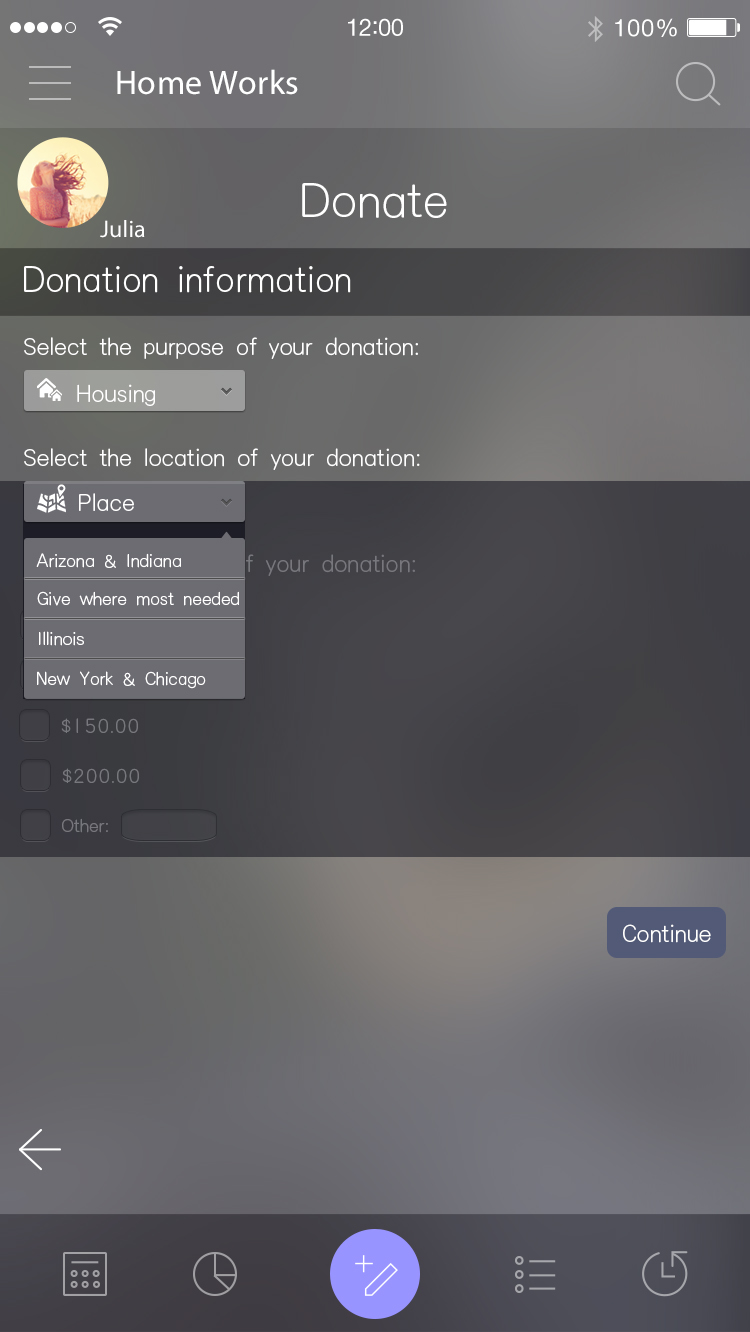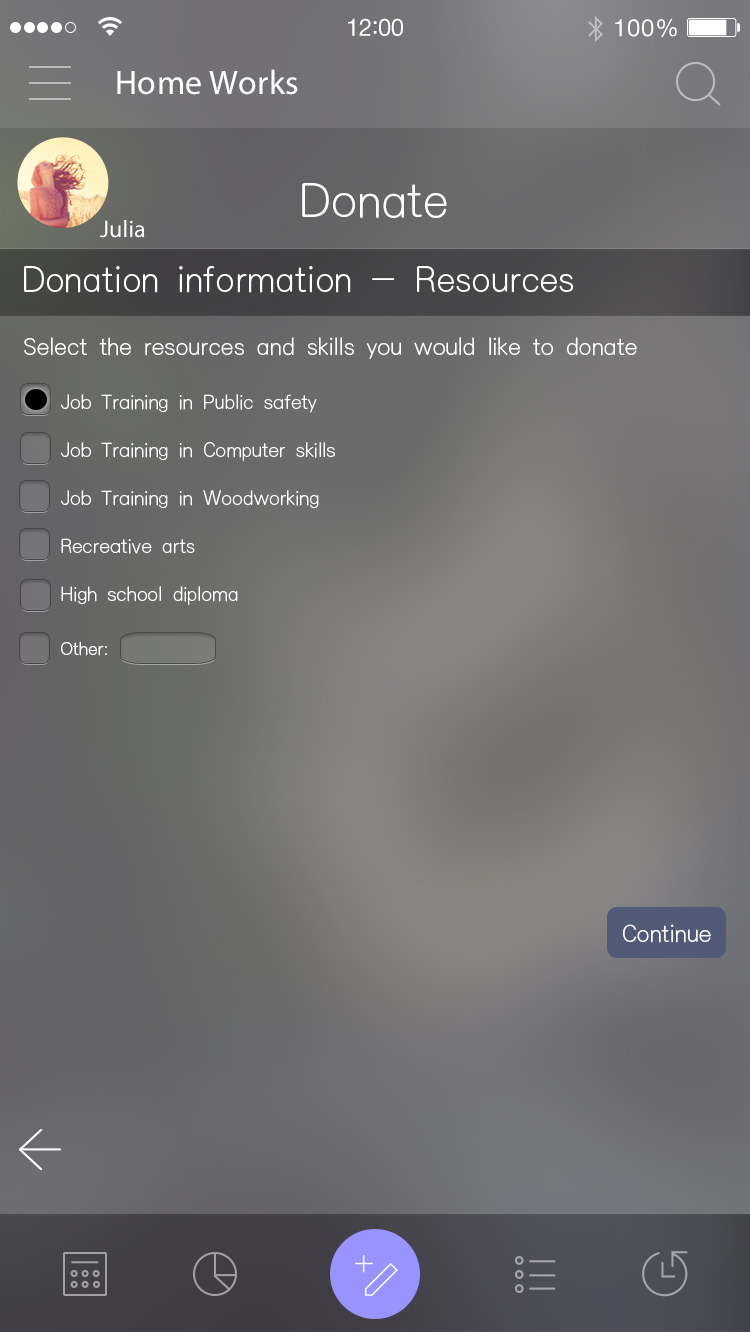ABOUT
Home Works is a mobile application designed to change people’s perception of homelessness in the United States and motivate volunteers and non-volunteers to identify, locate and enroll for volunteering activities easily.
PROBLEM SPACE
During the last years, homelessness has become an endemic problem in certain cities in the United States.
According to the report The State of Homelessness in America 2015 by January 2014, there had been identified 578,424 people experiencing homelessness. For the purposes of this project, homelessness or homeless referred to the definition set by HUD, which considers an individual homeless if he or she lives in an emergency shelter, transitional housing program or a place not meant for human habitation.
We consider that social networking can be also used as a tool to reach out to homeless people and volunteers. Currently, there are nonprofit organizations that use social media like Twitter and YouTube to connect with the local homeless population.
PROCESS
First, we spent some time in different shelters observing the organization of the place and learning about the different services that each shelter offers.
Then, we interviewed current volunteers and non-volunteers, to learn about their motivations, expectations, and fears. But, mostly we wanted to learn about their perception of people suffering homelessness.
After this, we researched and analyzed different types of homelessness and the scope of assistance available to people experiencing this situation. As a result of our interviews and observations, we gained some understanding of the main reasons people become homeless, their experiences while living in the streets, and their needs and desires.
This information is presented in the following table:

Key Stakeholders
GOALS & REQUIREMENTS
-
Connect volunteers with available volunteering activities
-
Identify the needs of homeless and provide appropriate solutions based on those needs
-
Connect Shelter Managers with prospective volunteers
-
Provide information, guidance, and knowledge resources to non-volunteers to motivate them to volunteer
-
Help volunteer leaders easily and efficiently create new activities
-
Lower the barrier to entry for non-volunteers
-
Match skills with activity for existing volunteers
-
Facilitate a payment solution for user donation to shelters
-
Help homeless people move from short-term homeless back to normal life as soon as possible
MAIN COMPONENTS
Donate Section People’s Stories Section

The purpose of this page is to make it easy to give by selecting a group, amount, and reason for donating in just a few clicks.

This section is used to encourage future volunteers to help either individual people or the entire homeless community.
Forum Section Volunteer Section
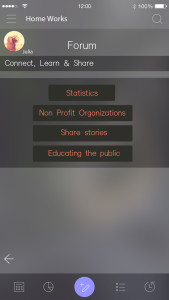
In this section users would communicate with one another by sharing stories, asking questions, and providing resources and encouragement to other volunteers. Ideally, this data would be populated and shared by other experienced volunteers. The Forum will also help in connecting volunteers with other possible volunteers thereby creating a community that learns together.
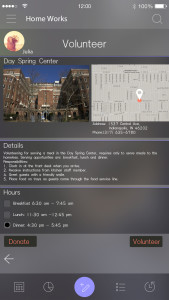
This section is used to provide specific information about individual events that the volunteer can enroll directly from the application. This section simplifies the process by providing the user with exactly the right information and helping complete the enrollment process in a swift and easy manner.
PROTOTYPE

FINAL DESIGN
USER TEST
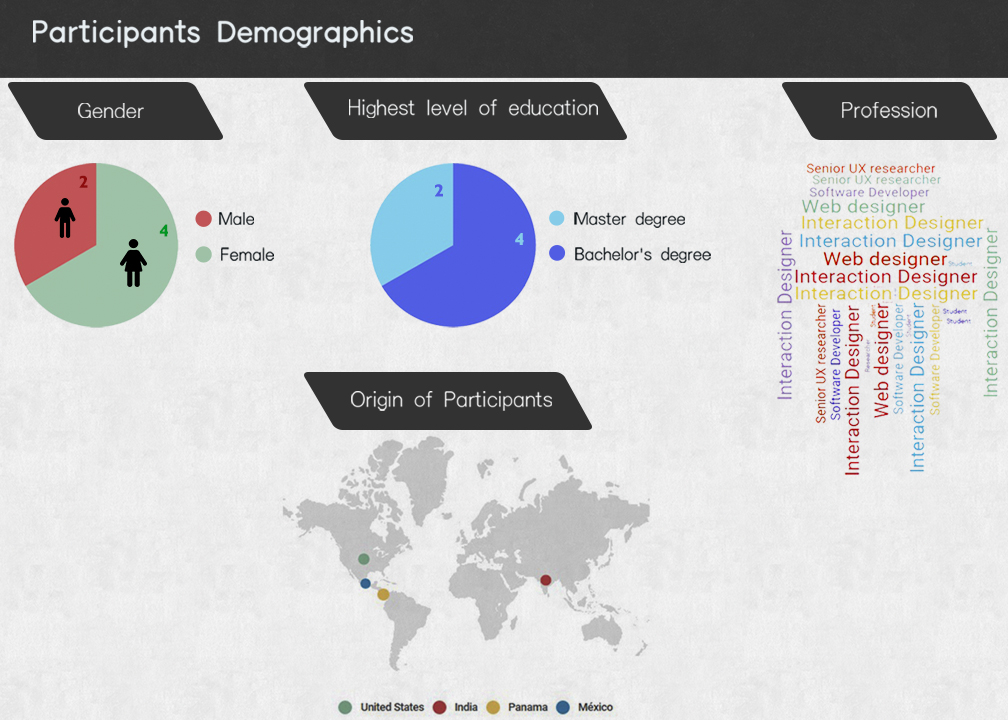
For the final evaluation, we had six participants, four female and two male. The majority of them have worked as volunteers, and they had come from different backgrounds.
Task List

For our evaluation, we had three different tasks, each of them with three more sub-tasks.
TASK ERROR RESULTS
In order to measure the level of success of each task we designed a Task error form, which was filled by the user depending on their performance. We had three task completion rates:
1 – Success
0.5 – Partial
0 – Failure
Since the test was online, for each subtask we provided an accurate description of the meaning of each completion rate.
POST – TASK QUESTIONNAIRE & RESULTS
After each task, we asked the user to evaluate his / her level of confidence. For this, we provided the users with a numerical scale, from number one to number five. In which number one refers to “very doubtful” and number 5 refers to “very confident”. In this regard, the majority of our users felt very confident in each task.
SYSTEM USABILITY SCALE
After the test, we asked the users to fill the System Usability Scale (SUS). The results of this last questionnaire not only provided us more insight about the user’s perception of the prototype but also helped us to design the interviews for each user.


